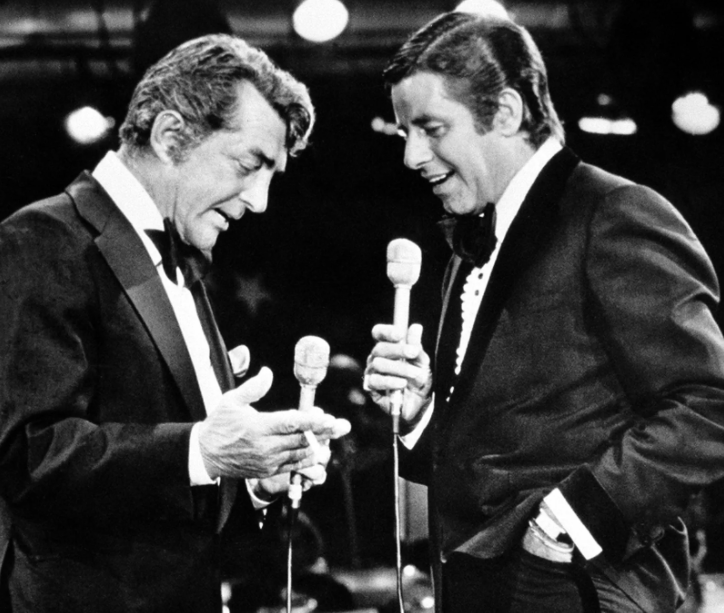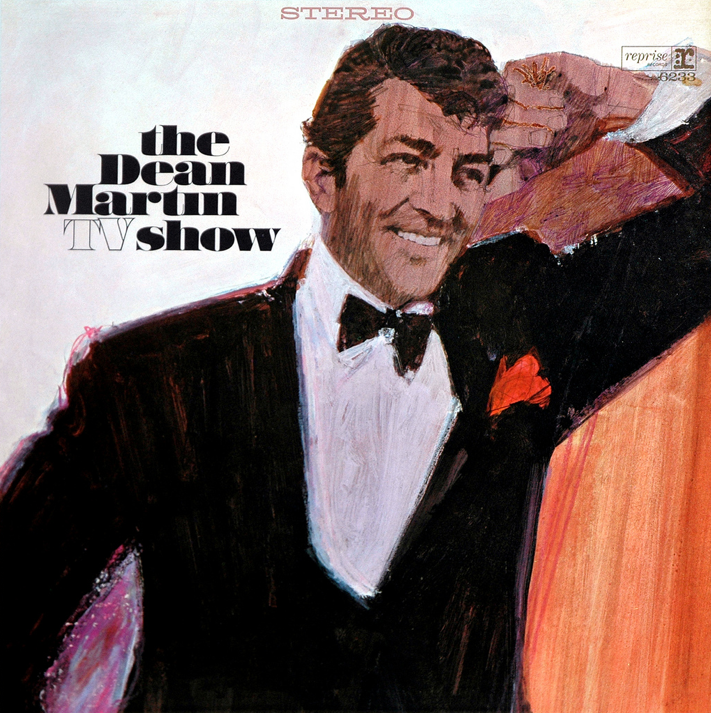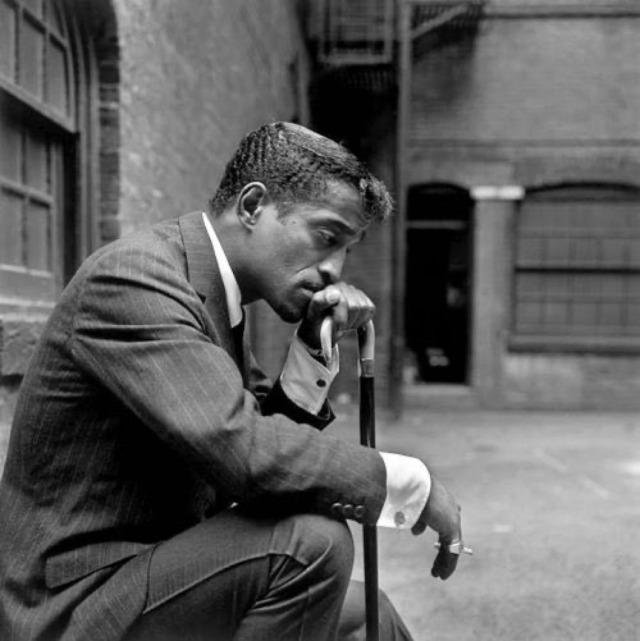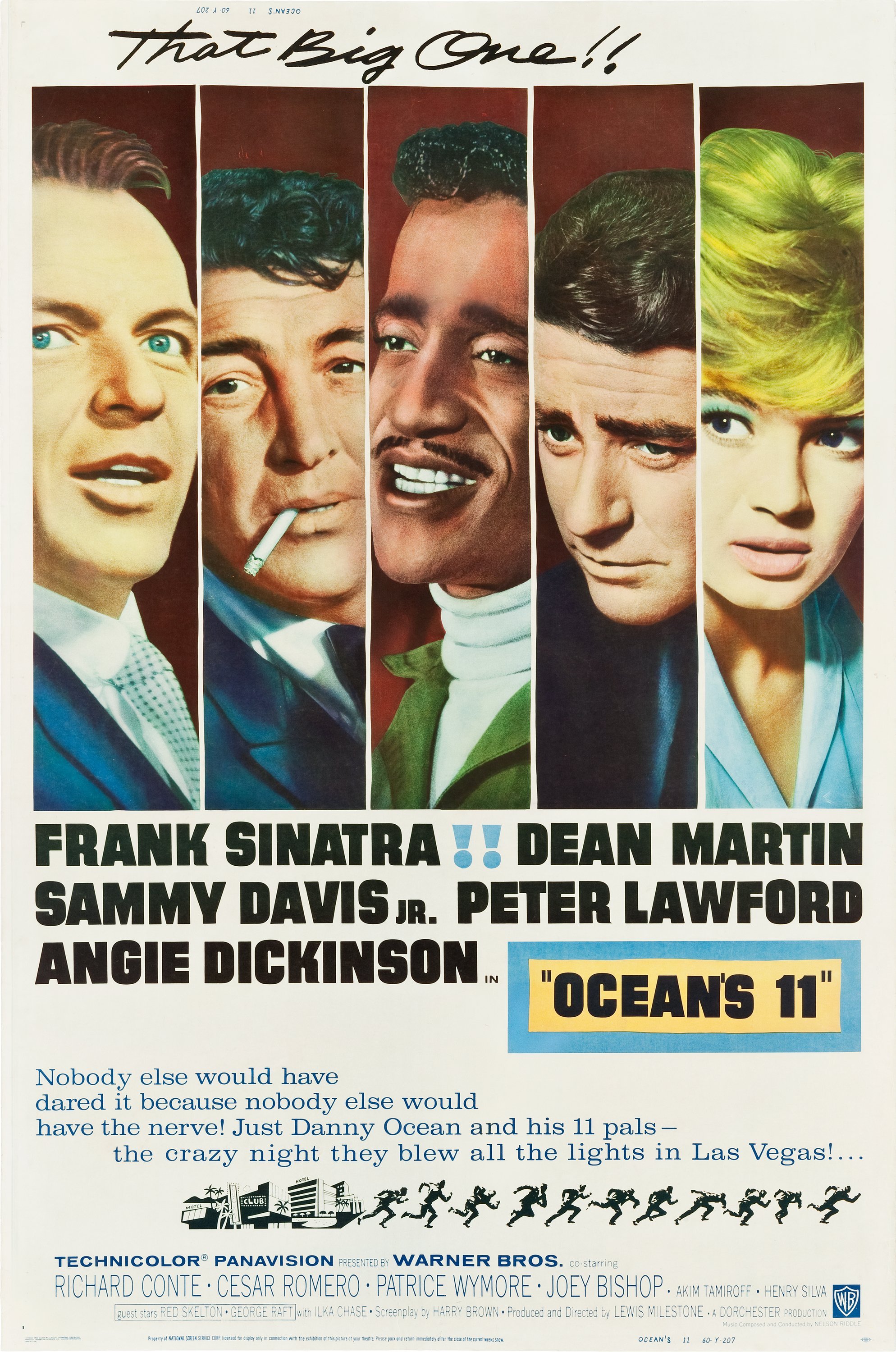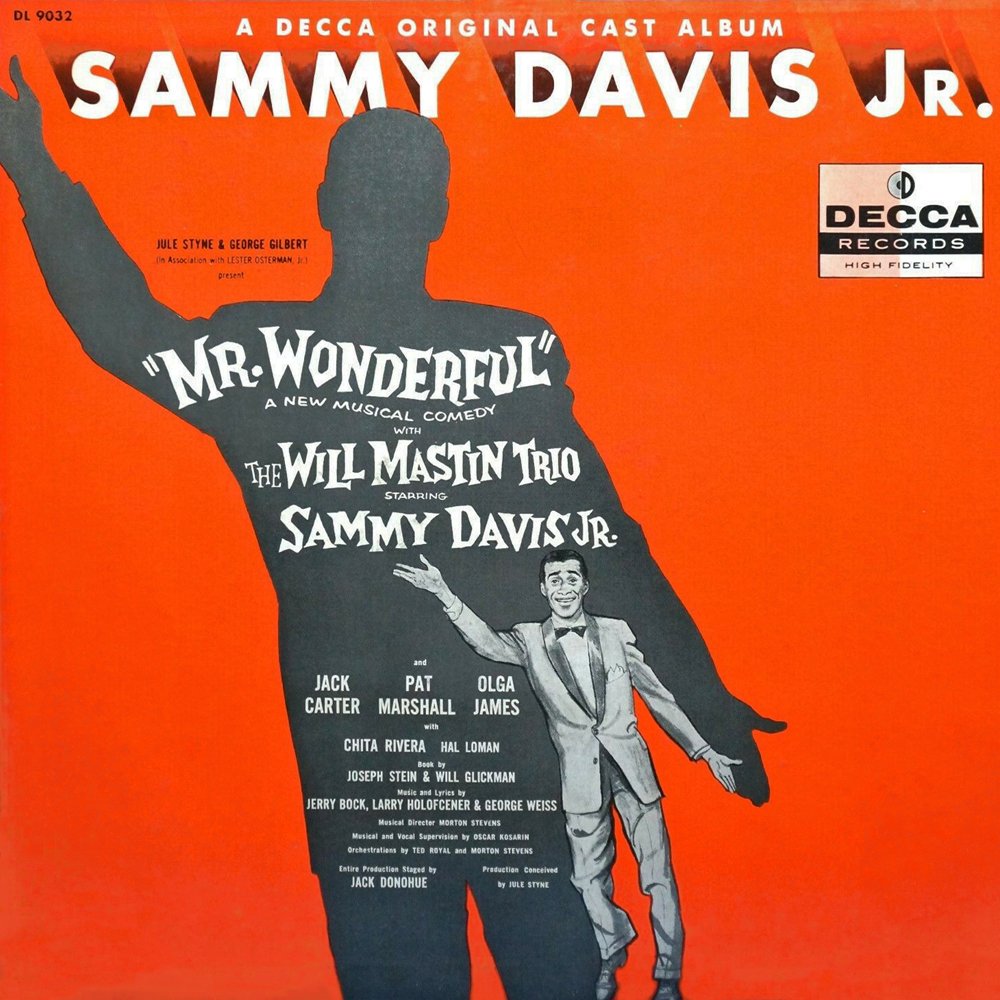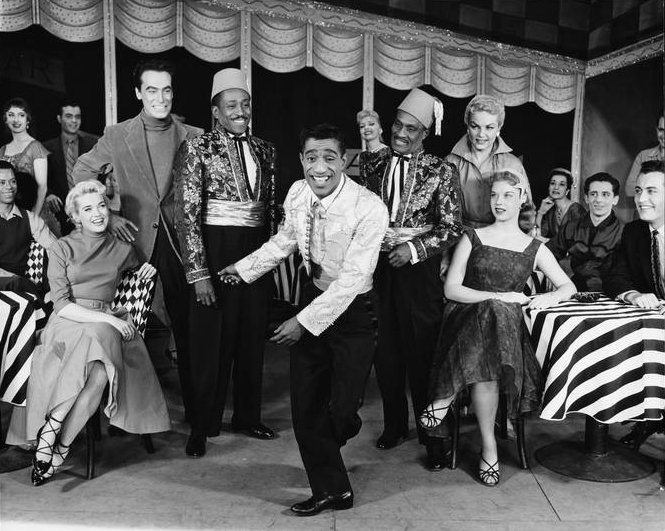Listen to this episode on Apple Podcasts or Spotify.
Desperate to be seen as cool and not a relic of an earlier age in 70s America, Sammy gets into porn and drugs. A Rat Pack reunion gives him renewed purpose, but causes Dean to alienate himself further. As their time begins to run out, both Sammy and Dino are forced to contemplate what it was all for. By the late ‘90s, they’re both gone. We’ll try to sort out the incredibly murky legacies they left behind.
SHOW NOTES:
Sources for the entire season:
Dino by Nick Tosches
Jerry Lewis In Person by Jerry Lewis and Herb Gluck
In Black and White: The Life of Sammy Davis Jr. by Will Haygood
Yes I Can: The Autobiography of Sammy Davis Jr. by Sammy Davis Jr., Burt Boyar and Jane Boyar
Sammy: An Autobiography by Sammy Davis Jr. and Jane and Burt Boyar
Rat Pack Confidential by Shawn Levy
His Way: The Unauthorized Biography of Frank Sinatra by Kitty Kelley
Deconstructing Sammy: Music, Money, Madness, and the Mob by Matt Birkbeck
Sinatra: The Voice by James Kaplan
Sinatra: The Chairman by James Kaplan
Memories are Made of This by Deana Martin
Brothers: The Hidden History of the Kennedy Years by David Talbot
Making Movies Black by Thomas Cripps
Mafia Spies: The Inside Story of the CIA, Gangsters, JFK, and Castro by Thomas Maier
My Lucky Stars by Shirley Maclaine
Sources specific to this episode:
The Other Hollywood by Legs McNeill
Ordeal by Linda Lovelace
“Actor, Athlete and Dashing Pilot, Dean Paul Martin Dies When His Jet Crashes on a Mountainside” by Ron Arias, People Magazine, April 13, 1987
“Yo, Is This Racist? Oscar Analysis: How Many People Had to Approve Billy Crystal in Blackface?” by Andrew Ti, Grantland.com, February 27, 2012
“Howard Hughes changed Vegas” by Tim O’Reiley, Las Vegas Review-Journal, December 28, 2013
“Inquiry reveals I.R.S. Master List” by Eileen Shanahan The New York Times June 21, 1975
“Black Supporters of President Under Fire” The New York Times, October 17, 1972
Please note: as an Amazon Associate Karina earns from qualifying purchases made when you click the clinks above. #ad
Music:
The music used in this episode, with the exception of the intro, was sourced from royalty-free music libraries and licensed music collections. The intro includes a clip from the film Casablanca.
Excerpts from the following songs were used throughout the episode:
Lowball - Vermouth
Glass Stopper - Vermouth
Dakota - Unheard Music Concepts
Monkeys Spinning Monkeys - Kevin MacLeod
Single Still - Vermouth
Spot Peter - The Sweet Hots
Our Only Lark - Bitters
Latecomer (Bass Face) - Cafe Nostro
Chaunce Libertine - Vermouth
On the Passing of Time - Kevin MacLeod
Luka 75 - Vermouth
Gra Landsby - Fjell
Chai Belltini - Vermouth
Cran Ras - Vermouth
The Big Ten - Warmbody
Credits:
This episode was written, narrated, and produced by Karina Longworth.
Our editor this season is Evan Viola.
Research and production assistant: Lindsey D. Schoenholtz.
Social media assistant: Brendan Whalen.
Logo design: Teddy Blanks.


